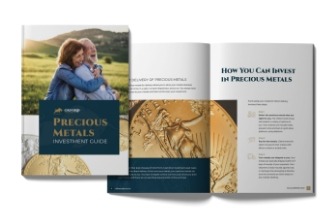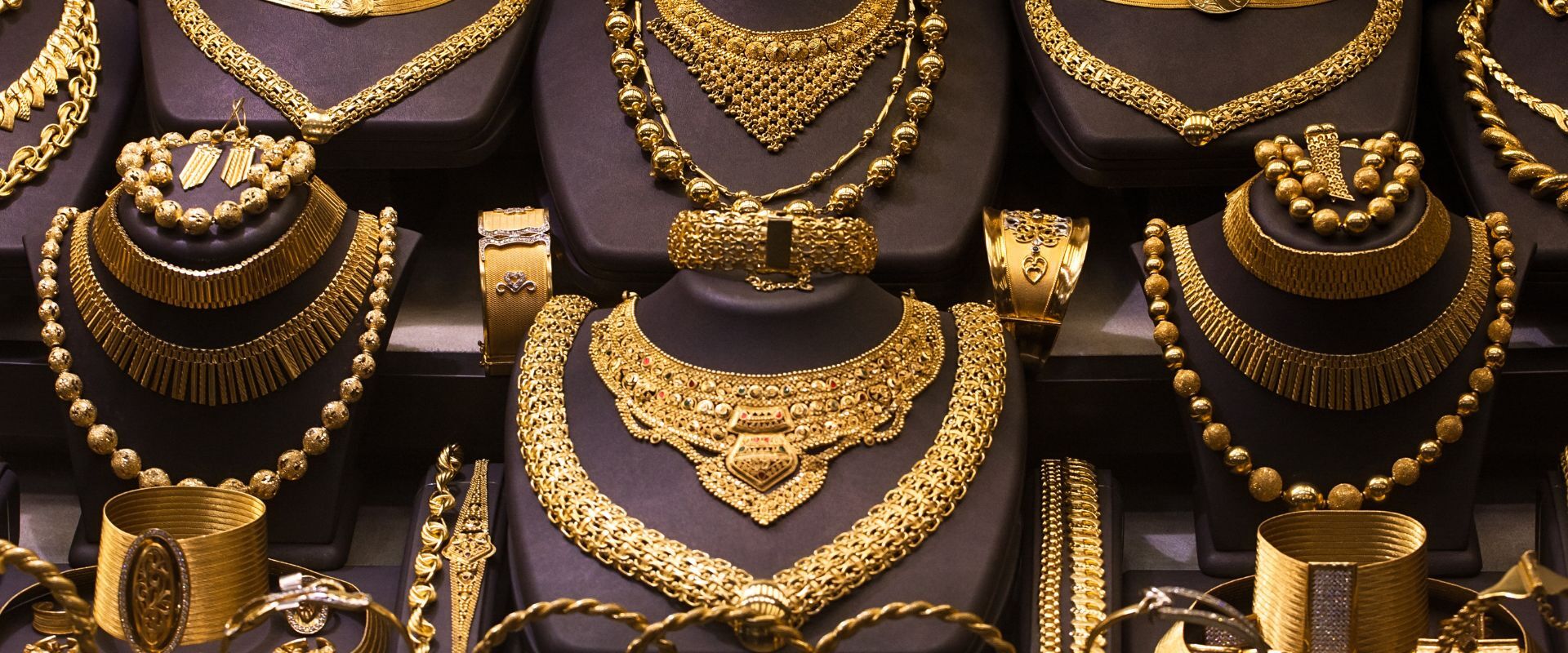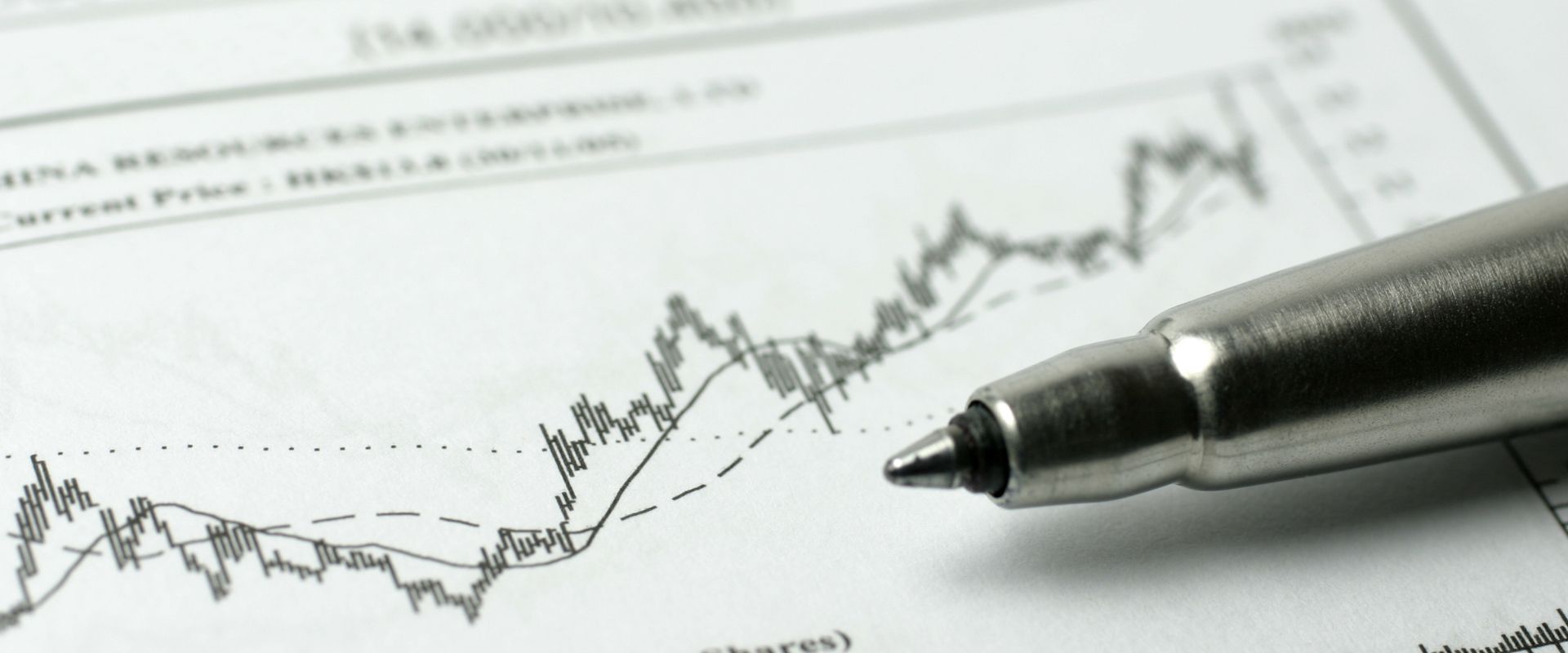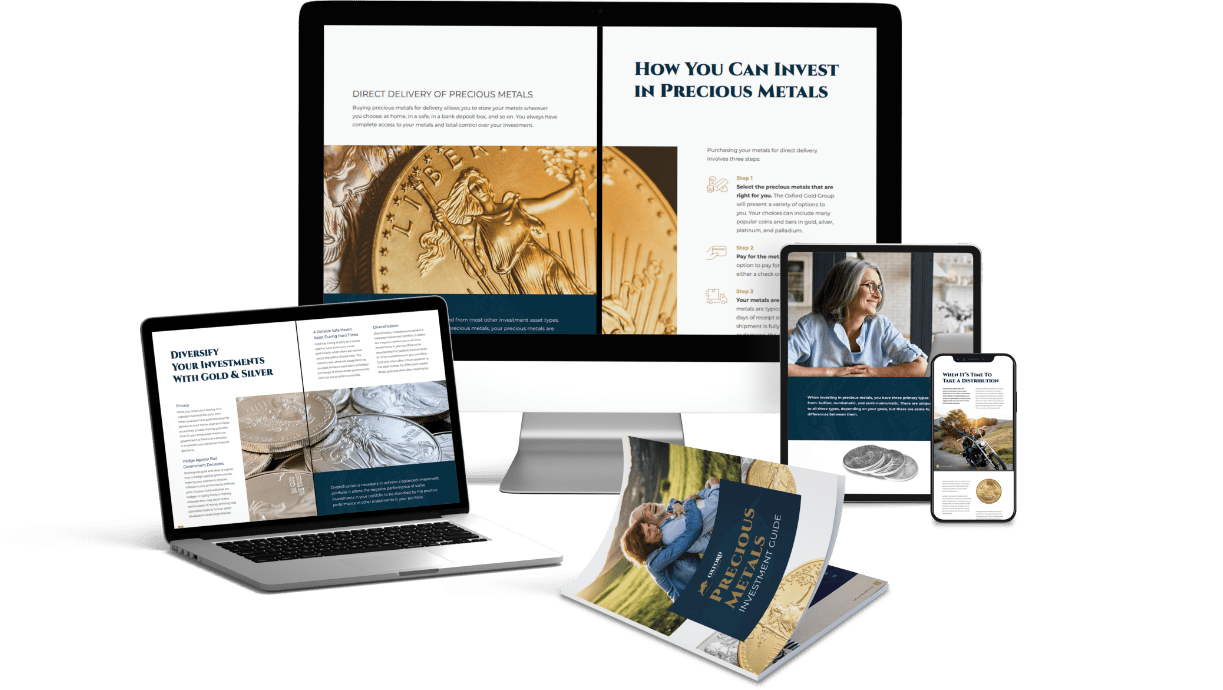Table of Contents
Have you ever wondered who owns the most gold privately? The gold industry is thriving, as this yellow metal is highly coveted and a safe haven investment that usually appreciates over the long term. However, there’s only a finite supply of gold in the world. So, who are the individuals and families that own the most gold in the world? Below, we’ll tell you about the biggest gold investors with privately owned reserves, notable advocates for gold IRAs, and how private gold ownership affects gold market prices.
Who Owns the Most Gold Privately?

John Paulson
John Paulson is an American hedge fund manager and billionaire famous for having one of the biggest privately owned gold reserves in the world. He’s also well known for predicting the 2007 mortgage financial crisis and has made headlines for his mammoth-sized gold holdings through his firm, Paulson & Co. As the central banks start to buy more gold in response to the devaluation of fiat currencies, Paulson has been a vocal advocate for investing in physical gold bullion.
Ray Dalio
Ray Dalio is another of the most famous gold buyers and owns one of the largest private gold reserves in the world. He’s the founder and co-chief investment officer of Bridgewater Associates, which manages a staggering $150 billion in assets. In the second quarter of 2020, Bridgewater Associates invested $400 million in gold holdings alone, including exchange-traded funds with the SPDR Gold Trust and the iShares Gold Trust.
Indian Families
Indian households have some of the largest gold reserves in the world. Most of these are in the form of gold jewelry, which is primarily for weddings and Diwali festivals. Indian families (not including what the banking system owns) have roughly 25,000 to 27,000 tons of gold. The most interesting fact is that a significant portion of these gold reserves is not just held by the rich but rather throughout the caste system.
Stanley Druckenmiller
Stanley Druckenmiller is a legend in the investing world. Much like John Paulson, he predicted in 2005 that the Federal Reserve bank would trigger a housing crisis and economic collapse. In 2015, he had over $292 million in exposure to the SPDR Gold Trust.
Eric Sprott
Another of the world’s biggest investors in gold is Eric Sprott. He’s a Canadian who has invested huge amounts of money in precious metals, including gold mining and exploration companies like Labrador Gold, Benchmark Metals, Ethos Gold, and New Age Metals.
The Royal Family of Saudi Arabia
The Royal Family of Saudi Arabia is well known for being unimaginably wealthy and having some of the largest gold reserves in the world. They’re lavish spenders with a reported net worth of approximately $1.4 trillion.
How Much Gold Is There in the World?

The World Gold Council reports an estimated 208,874 metric tons of gold mined worldwide. Even knowing that, it’s impossible to estimate how much gold in the world remains. While there is plenty, much of this physical gold is too deep to mine. Experts estimate that at a rate of 3,000 metric tons per year, the world’s gold will last less than 18 years.
Some of the Most Notable Advocates for the Gold IRA
Peter Schiff
Peter Schiff is a successful advocate of the precious metals industry and gold IRAs (individual retirement accounts). He founded SchiffGold and still serves as Honorary Chairman since he sold the company in 2016 to Goldmoney. He considers precious metals, like gold IRAs, safe haven investments to hedge against inflation and the rapid weakening of our country’s currency.
James Rickards
James Rickards is another advocate for investing in gold and precious metal IRAs. He is an investor, advisor, and lawyer who frequently lectures on why Americans should buy gold and allocate about 10% of their wealth portfolio to precious metal investments. He was also the primary negotiator for the Federal Reserve bank when they rescued long-term capital management (LTCM).
Robert Kiyosaki
Robert Kiyosaki is an American investor and the founder of the Rich Dad Company. He has long been a proponent of investing in physical gold and gold IRAs. He’s a financial advisor and aims to help people achieve true financial independence through wise investing.
Laith Alsarraf
Another of the biggest gold investors and advocates for precious metals and gold IRAs is Laith Alsarraf, who founded Birch Gold Group. He believes in empowering people and financial strength through knowledge and is one of the most well-respected businessmen in the IRA industry.
Which Countries and National Governments Have the Largest Gold Reserves?
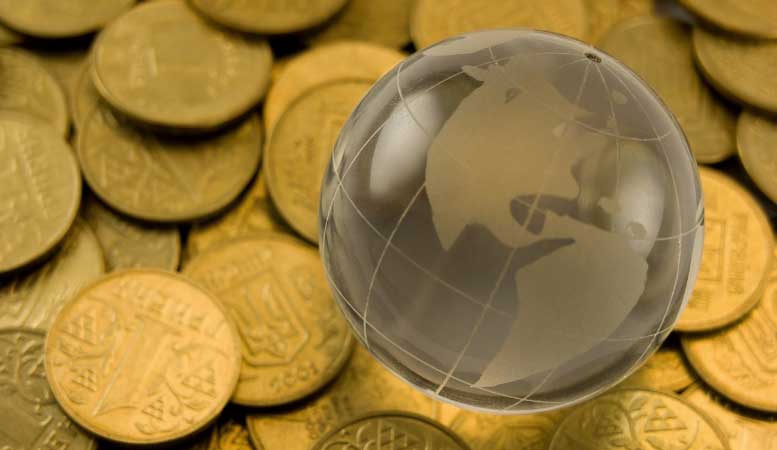
Which countries can claim to have all the gold? The United States Federal Reserve has the highest gold reserves in the world, thanks to its switch from the gold standard a few decades ago, when citizens could redeem national currency for gold. Our country’s gold reserves are around 8,1355 metric tons. Furthermore, 75% of its foreign reserves are in gold as well. However, other countries also have large gold reserves in their possession.
Second on the list is Germany, with 3,359 metric tons of gold. German investors are also rapidly investing in more gold than in previous years and are becoming some of the largest global investors in gold.
In the third position is Italy, with 2,452 metric tons. Other countries with large gold reserves include China, France, and Russia. Interestingly enough, the United States is considering freezing Russian gold reserves over the war in Ukraine. The World Bank reports that the International Monetary Fund (IMF) also has some of the largest national assets, with official gold holdings at around 90.5 million ounces. The European Central Bank has also been buying more gold reserves, with about 26 billion euros invested in 2021.
Why Do Some Individuals Choose to Hold Gold Privately?
Is there a benefit to buying private gold instead of government-backed bullion? While the primary advantage of government bullion is its security and stability, it’s also far more expensive, particularly if it’s collectible. Unfortunately, that premium comes in the form of extra fees.
With private gold, investors can avoid those extra costs and use the money to purchase more bullion instead. Government bullion has a guarantee, so investors know the precise weight and purity of their gold, unlike private purchases. However, as long as you take the time to verify the seller and quality of your gold before you purchase it, you can enjoy the benefits of private gold ownership while avoiding the extra expense of collector’s fees.
How Does Private Gold Ownership Affect Gold Prices?
If someone has a large privately owned gold reserve, does that affect the price of gold? Of course, as there is only a finite amount of gold left in the world, the price will increase once supplies begin to dwindle, according to the law of supply and demand. While private ownership can affect gold prices if individuals buy enough gold to affect the supply, it’s not the only factor that impacts prices.
The availability of gold imports also affects prices, as developing countries that mine the metal often have supply chain issues due to political reasons like civil war. A nation with a slightly weakened currency can also impact the export industry, increasing it by a large margin. In addition, factors like inflation, the central banks, and the mining industry also affect prices. Historically, when the stock market and paper assets decrease, the price of gold increases. Not all gold reserves in the central banks are legal, however. Illegally sourced gold has been a big problem and is another factor influencing spot prices.
Oxford Gold Group: Finance and Investment Experts
So, who owns the most gold privately in the world? Some of the best-known investors include Ray Dalio, Stanley Druckenmiller, John Paulson, and the Royal Family of Saudi Arabia. In addition, German investors, the IMF, and other global banks also have very large reserves.
At Oxford Gold Group, we are one of the most reputable and well-established companies that offer gold investments, including physical metals and IRAs. As you may know, gold makes an attractive investment due to its intrinsic value and high global demand. To learn more about gold IRAs and other investments, call Oxford Gold Group now at 800-633-GOLD to start investing in a stable financial future.
